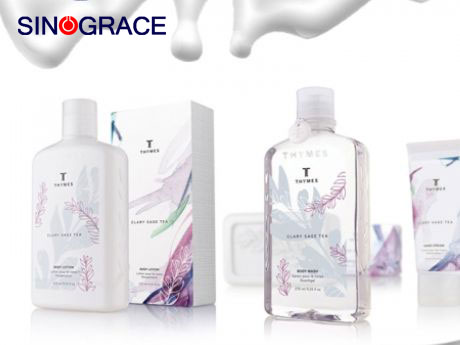Water-based ink and oil-based ink difference
Water - based ink is composed of adhesives pigment additives and other substances such as uniform slurry material,Binders provide ink with the necessary transfer properties, pigments give ink color. Water-based ink linker is mainly divided into two types: water dilution and water dispersion.The former can be used in many types of resin, such as maleic acid resin lac maleic acid resin modified shellac ulatan water-soluble acrylic resin and water-based amino resin, etc.The water-dispersed linker is obtained by polymerization of emulsified monomer in water. It is a two-phase system, in which the oil phase is dispersed in the water phase in granular form. Although it can not be dissolved by water, it can be diluted by water, so it can also be considered as oil-in-water emulsion. 1.water-based ink Water-based ink, ink stability, bright color water-based ink by water-based resin deployment, soluble in water, water dilution, the advantage is no organic solvents, reduce solvent volatilizing, can prevent air pollution, does not affect human health, not easy to burn, belongs to environmental protection ink.Waterborne ink is important, cheap, good post-press adhesion, fast drying, water resistance is usually used in food, drugs, beverages and other industries, packaging and printing industry is also widely used. 2.oil-based ink oil-based ink, solvent-based ink, insoluble in water, soluble in organic solvents.oil-based ink can be diluted with organic solvent, can be printed on absorption surface and non-absorption surface, not easy to fade after printing.Oil-based ink is characterized by large ink viscosity, and fast dry water resistance soft light resistance is quite good.When using ink is more economical, effective cost saving oil-based ink, but also environmentally friendly oil-based ink, without machine solution can be sprayed.It is mainly used on the surface of metal, plastic, wood, aluminum foil boxes and building materials. Anhui Sinograce Chemical Co., Ltd.(Sinograce Chemical) is mainly engaged in the business of chemical products,such as printing ink.Sinograce Chemical is mainly engaged in the business of screen printing ink and other product series.Good materials, advanced production technology, and fine manufacturing techniques are used in the production of chemical liquids. It is of fine workmanship and good quality and is well sold in the domestic market.This is our mailbox sales@sinogracechem.com, welcome to consult.
read more

 English
English français
français русский
русский español
español العربية
العربية








